‘King’ vs. ‘Pharaoh’ of Egypt: Evidence of ‘Qur’anic Accuracy’ Over ‘Biblical Error’?
It’s a tit-for-tat, back-and-forth debate that has gone on for centuries: Muslim apologists arguing for the authenticity and supremacy of the Qur’an over the Bible, versus Jewish and Christian apologists arguing for the authenticity and supremacy of the Bible over the Qur’an.
It has become popular to wield a certain archaeology-related tidbit in this debate of recent decades. As relayed, for example, in the following Islamic Awareness article, “Qur’anic Accuracy vs. Biblical Error: The Kings & Pharaohs of Egypt”:
The kings of ancient Egypt during the time of Abraham, Joseph and Moses are constantly addressed with the title ‘Pharaoh’ in the Bible. The Qur’an, however, differs from the Bible: the sovereign of Egypt who was a contemporary of Joseph is named “King” (Arabic, Malik); whereas the Bible has named him “Pharaoh”. As for the king who ruled during the time of Moses the Qur’an repeatedly calls him “Pharaoh” (Arabic, Fir`awn).

What is the contention? “By constantly referring to the sovereign of ancient Egypt during the time of Abraham and Joseph as ‘Pharaoh,’ the Bible portrays an anachronistic setting not in consonance with the Egyptological data,” the article continues. Specifically, it highlights that the past century of ancient-Egyptian scholarship has revealed that the title “pharaoh” for the ruler of Egypt only came into vogue as late as Egypt’s 18th Dynasty—in the second half of the second millennium b.c.e. This would fit with the time of Moses and the Exodus (thus justifying the use of the term in such a context); however, earlier rulers of Egypt (i.e. during the time of the patriarchs, in the first half of the second millennium b.c.e.) were simply named “kings.” Thus, the qur’anic use of “king” prior to Moses and “pharaoh” at the time of the Exodus is justified, versus the Bible’s use of “pharaoh” across both periods.
This argument of the Qur’an’s “accurate” use of the term “king” for the Egyptian ruler at the time of the patriarchs is generally offered in response to a common allegation that many of the stories in the Qur’an were simply copied from the preexisting biblical account. Popular UK street preacher and YouTuber Ali Dawah spoke recently about this topic (among others) in an interview with the channel “Towards Eternity.” “If the Qur’an copied from the Bible, why did it not copy the mistakes?” he alleges, arguing that if the qur’anic account had been taken directly from the Bible, it would have retained the same “erroneous” terminology for the Egyptian ruler at the time of Joseph.
Suffice it to say that there is an enormous amount of (oftentimes heated) back-and-forth among Muslim and Christian debaters on such topics. This short interview, for example—titled “Ali Dawah Debunked Christianity In Just 1 Minute!”—was followed up by a nearly two-hour rebuttal from the firebrand Christian apologist Sam Shamoun, titled “Sam Shamoun Debunks Ali Dawah Debunking Christianity.”
But this claim of “pharaoh” versus “king” is an interesting one from an archaeological perspective. Does it stand up to scrutiny? Does it “prove” the Qur’an as a superior historical source to the Bible?
Hardly.
The Data Set
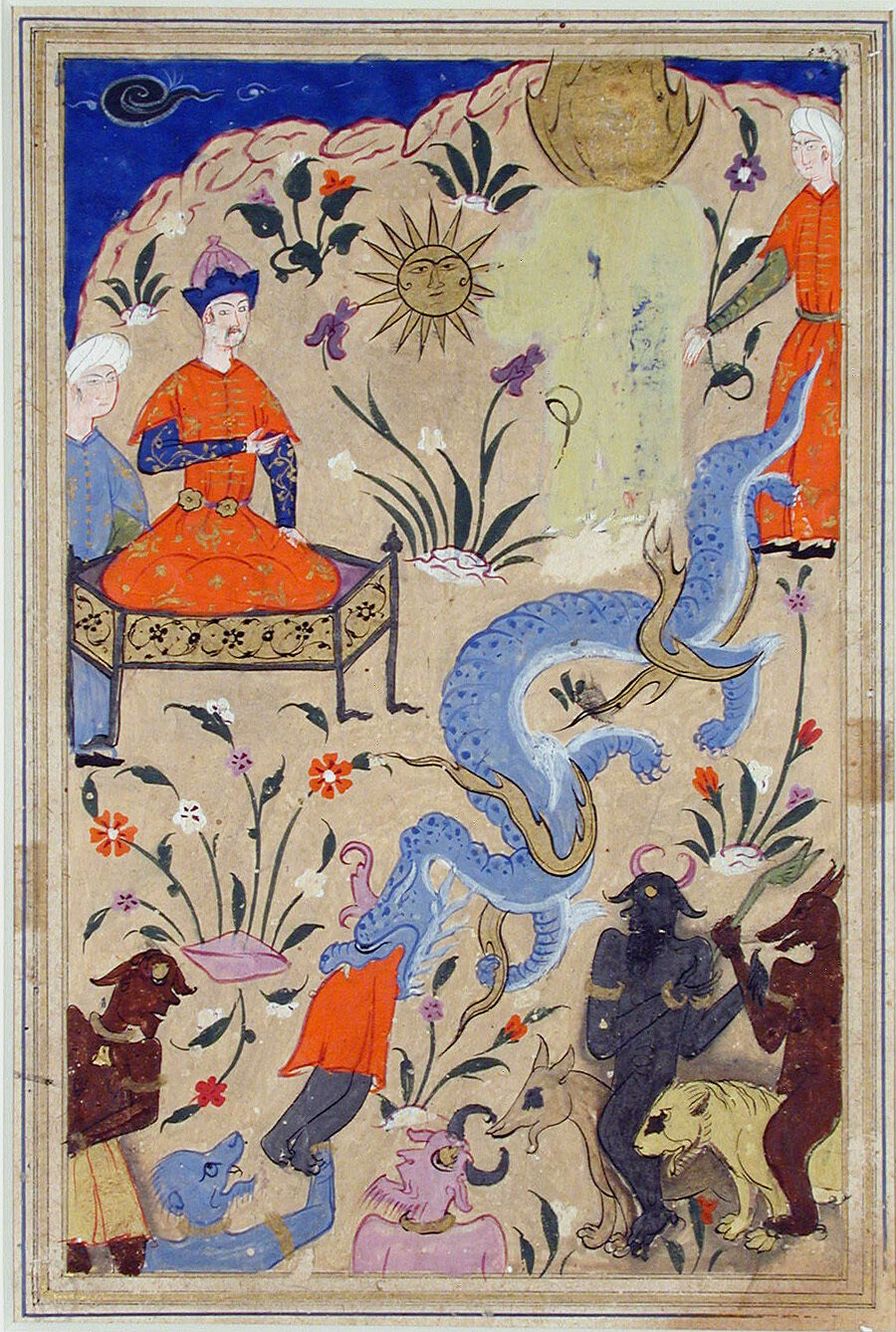
Let it not be misunderstood from the outset: This article is not meant to “debunk” the Qur’an, to be a commentary on the validity of the book versus the Bible, or any such thing (as such arguments are often framed). It is simply intended to specifically address the validity of this particular popular argument—an argument that can be best described as being built, to use biblical terminology, on a “foundation of sand.”
From the outset, it’s important to note an overall comparison of the texts at hand. The Qur’an is a much smaller book—actually fairly close to the size of the Torah, the first five books of the Hebrew Bible (roughly 88,000 words compared to 80,000, respectively). Unfamiliar readers may be surprised to find out that the most-mentioned figure in the Qur’an is Moses (“Musa”), mentioned a total of 136 times. As such, one can therefore expect to find a significant number of references in the Qur’an to the contemporaneous Exodus pharaoh (or fir’awn)—and indeed, he is mentioned 128 times. This therefore represents, in citation of the Exodus pharaoh, a good-sized data set.
Yet here we immediately run into issues. For despite an impression given that the Qur’an accurately portrays later Egyptian rulers as “pharaohs” and earlier rulers as “kings,” the Qur’an actually only mentions two rulers of ancient Egypt: the Exodus pharaoh at the time of Moses—again, mentioned 128 times—and the Egyptian “king” at the time of Joseph. What’s more, this single “king” at the time of Joseph is only mentioned five times, and within an exceedingly brief passage of scripture (within Surah Yusuf 12:43-76. This fact is conveniently omitted in the above-mentioned Islamic Awareness article and podcast interview, which are worded in a way that gives the impression that there are further references).
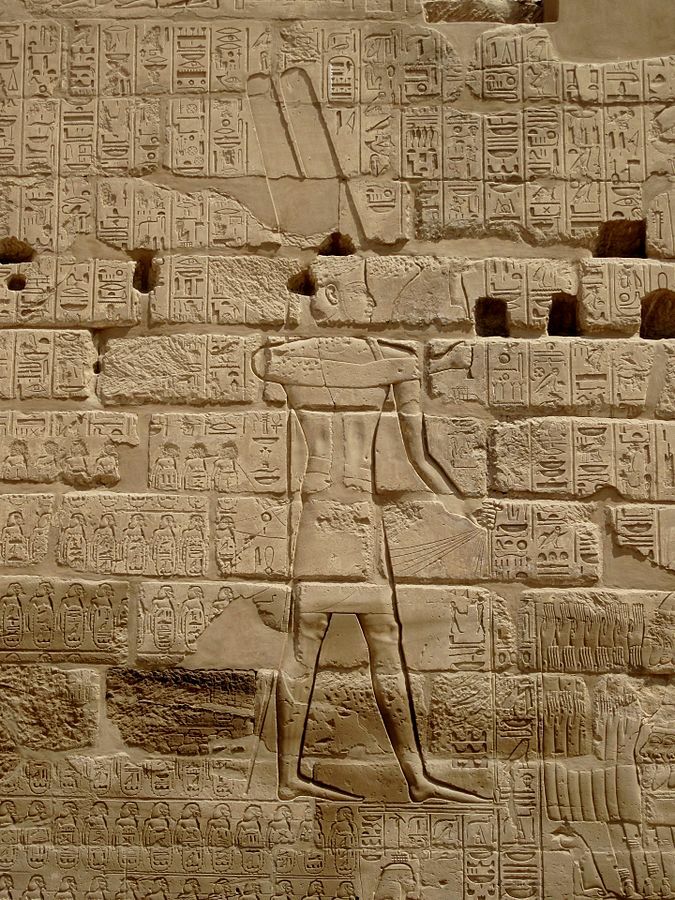
Compare this with the biblical account, which mentions well over a dozen different rulers of ancient Egypt—including mentioning five of them by their personal names (all of which have been confirmed archaeologically: Shishak = Sheshonq i; So = Osorkon iv; Tirhakah = Taharqa; Necho = Neco ii; Hophra = Apries). Of course, as a far larger book, the Bible has a bigger data pool that it draws on.
But note more closely the references to the pre-Mosaic rulers of Egypt. Again, the much-touted, pre-Mosaic single “king” of Egypt in the Qur’an is mentioned only five times, all within a single section of a single chapter. By contrast, the Bible references this Joseph-era Egyptian ruler, as well as other pre-Mosaic Egyptian rulers, nearly 100 times across roughly a dozen different chapters. This therefore represents a data set that is nearly 20 times larger than the Qur’an’s. And while the word pharaoh is indeed used primarily in the Bible, “king” is also used interchangeably as a title for these pre-Mosaic rulers.
From the outset, then, it is logically problematic to hold up a comparatively miniscule data set as “proof” of a convention being followed, or as “proof” that such qur’anic references could not have been derived from the Bible.
Further, that’s because the parts of the Qur’an mentioning Joseph’s “king” of Egypt actually largely parallel the same section of the Bible in which the specific term “king” is used.
Parallels
The specific verses in which the Qur’an’s “king” of Egypt is referenced are Surah Yusuf 12:43, 12:50, 12:54, 12:72, and 12:76. The first three of these verses, especially, parallel the biblical account of Joseph’s time in prison, along with the Egyptian ruler’s imprisonment of his butler and baker, and his dream of plenty followed by famine. Compare, for example, with Genesis 40:1: “And it came to pass after these things, that the butler of the king of Egypt and his baker offended their lord the king of Egypt.” And Genesis 40:5: “And they dreamed a dream both of them, each man his dream, in one night, each man according to the interpretation of his dream, the butler and the baker of the king of Egypt, who were bound in the prison.” Genesis 41:46 also refers to Joseph with this pharaoh, “king” of Egypt.
This, therefore, would if anything only reinforce the theory that such qur’anic verses were derived from the biblical account—even in its mention of the ruler simply as “king.” Other observations highlight additional qur’anic derivation from popular non-biblical, apocryphal stories circulating during the first millennium c.e.—the above-mentioned Surah Yusuf 12:50, for example, includes mention of “women who cut their hands” after being distracted by Joseph’s beauty—“additions which are derived from Jewish legend,” according to Abraham Geiger’s Judaism and Islam. (Added to this is further speculation that the Qur’an may have taken the term “Pharaoh” to have been the literal personal name of the later Exodus ruler, rather than a title—based on the particular, persistently singular use of the term in referring to him.)
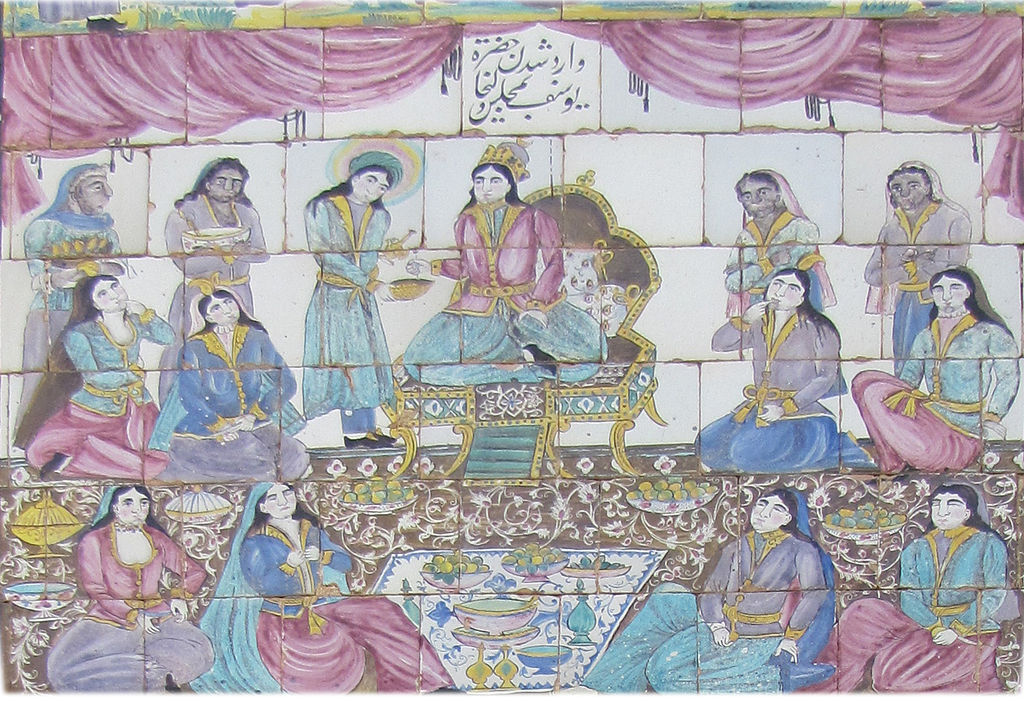
In overall substance and logic, therefore, this argument for “qur’anic accuracy over biblical error” is entirely lacking. And that’s before getting into the details.
When Was the Term ‘Pharaoh’ Being Used?
There’s another important angle to this debate. This is the fact that the same term pharaoh was being used during earlier periods, even as far back as the First Dynasty of Egypt (third millennium b.c.e.). The general understanding of scholars, however, is that this term—literally meaning “Great House”—was only used during these early periods in general reference to the “palace” or official royal court. The earliest unequivocal reference to this title being applied individually to the ruler of Egypt is from the 14th century b.c.e., within Egypt’s 18th Dynasty, during the reign of Akhenaten. There are, however, other virtually certain inscriptional references that point to its use as an individual title as early as the late 16th–15th centuries b.c.e., during the reign of Thutmose iii.
When were the biblical patriarchs on the scene? During the first half of the second millennium b.c.e., with Joseph specifically on the scene during the 17th century (as we covered in a recent article).
Archaeology has indeed proved the use of this term individually for the pharaoh in the ensuing centuries—the period when Moses would have been on the scene. Yet it cannot prove that the term was not being used just 150 years earlier, during the 17th century b.c.e.—the time period of Joseph.

It’s important to remember the wise old adage, Absence of evidence is not evidence of absence. Just because something hasn’t yet been found, that isn’t “proof” against its existence. (Many of the same scholars would also cite “no evidence” for the Exodus itself, as described in the Bible or the Qur’an. Yet their word is hardly taken as doctrine for this assertion.) There are numerous minimalist scholarly conclusions against the historicity of the biblical account that have had to be repeatedly and embarrassingly revised on the basis of new discoveries (see here and here for some examples).
Furthermore, we have very little archaeological material from this specific patriarchal period in Egypt’s history (apparently by design, due to the practice of damnatio memoriae)—certainly not enough information to warrant such sweeping conclusions. Different titles aside, even the names and progression of Egyptian rulers themselves are highly debated for this period (known as the Second Intermediate)—thus making the assertion that the title “pharaoh” could not have been used individually for the ruler of Egypt at this time very fragile indeed.
Actually, some of the use of the “pharaoh” terminology during the first half of the second millennium b.c.e. is virtually identical to the biblical use of the term. Dr. Shirly Ben-Dor Evian writes in her Torah.com article “The Title ‘Pharaoh’”: “The Egyptian word pr-’A [“pharaoh”] means the ‘Great House’. From very early times this word referred to the royal palace or to the institution of kingship and not to the actual king. (The word for king in Egyptian is nessut.) The most common use of the word ‘pr-’A’ in Egyptian texts is within the titles of officials such as the Middle Kingdom [early patriarchal period/start of the second millennium b.c.e.] ‘Chief physician of the Pharaoh’ ….” (emphasis added). Compare this with the very first mention of “pharaoh” in the biblical account—Genesis 12:15, “the princes of Pharaoh.” Or Genesis 37:36, “Potiphar, an officer of Pharaoh.”
It’s a bit like splitting hairs. We therefore do have certain evidence of this term pharaoh, “Great House,” being used at least as a general appellation right back to virtually the beginning of Egyptian history, centuries prior to the period of the biblical patriarchs. And archaeology has thus far revealed this term being used individually to refer to the ruler of Egypt at least during the middle part of the second millennium b.c.e. Furthermore, the archaeologically recognized use of this terminology at this time only logically implies even earlier use, as yet undiscovered by the natural limitations of archaeology. This is something that Egyptologist Prof. James Hoffmeier notes, that the title must have therefore come into use “sometime before the reign of Thutmose iii,” who ruled (depending on the chronology) during the 16th–15th centuries b.c.e. (Israel in Egypt, emphasis added).
Are we to determine that because we haven’t yet found very specific evidence of this specific term “pharaoh” being used in this specific way a couple of centuries earlier—in a comparatively “missing” period of Egypt’s history, at that—that the Bible is in error?
It’s hardly solid ground to stand on—certainly not “proof,” in any way, shape or form, of “qur’anic accuracy over biblical error.”
But even more importantly, at the bottom of all of this is a fundamental flaw built into the entire argument. This is not even a question of error. Indeed, even if the biblical use of “pharaoh” is anachronistic—which, as we have seen, is an extremely fragile assertion to make—it by definition does not represent “error.” And to claim that it does would arguably present more of a danger to the integrity of the Qur’an itself, rather than to the Bible.
Far from being a mark of “error,” anachronisms actually represent a much more valuable mark of composition.
Mosaic Authorship
The Torah is, of course, ascribed by tradition and the Bible itself to the hand of Moses (through the inspiration of God): “And Moses wrote all the words of the Lord …” (Exodus 24:4); “And Moses wrote this law [Torah] …” (Deuteronomy 31:9).

Debate rages as to when exactly Moses was on the scene. Nevertheless, he is universally placed chronologically—including within Islamic circles—within the second half of the second millennium b.c.e., during what is known as Egypt’s New Kingdom period. This is precisely the time when the term pharaoh was widely used for the ruler of Egypt. Thus, it would only make sense for this term to have been used by Moses at this time—both as a title for the rulers on the scene during his lifetime, and retroactively, for those prior. In fact, numerous elements of the Torah—including the manner in which it references the pharaohs—accurately point to its composition during this very New Kingdom period (see here for more detail). Such specific language found within the Torah only serves to confirm a Mosaic authorship of the text, as ascribed by the Bible—conversely, not an authorship by the earlier patriarchs, or even by later writers during the time of Israel’s monarchy.
Egyptologist Prof. James Hoffmeier opines: “Throughout Genesis and Exodus, the well-known title ‘Pharaoh,’ derived from pr’3, literally ‘great house,’ is used. As a reference to the palace, this expression goes back into the Old Kingdom, but as an epithet for the monarch, it does not occur until the Eighteenth Dynasty, sometime before the reign of Thutmose iii ….” He proceeds to explain how the particulars of this terminology fit with a Mosaic composition, concluding that “the usage of ‘pharaoh’ in Genesis and Exodus does accord well with the Egyptian practice from the fifteenth through the tenth centuries,” and that “[t]he appearance of ‘pharaoh’ in the Joseph story … is suggestive of the period of composition” (Israel in Egypt, pages 87-88).
What is, then, an anachronism? In this case, it is a later, typically better-known name given to something from an earlier, lesser-known time period for purposes of clarity. It is used frequently in history books, ancient and modern. For example, Julius Caesar conquering France: Gaul was its name at the time, but the anachronism “France” conveys more meaning to a modern audience. By the same token, the word pharaoh is universally understood to refer to the ancient rulers of Egypt. (To this day, a case could be made that even Egypt’s earliest rulers are more often anachronistically referenced in literature as “pharaohs” rather than “kings.” Renowned Egyptologist Prof. Kenneth Kitchen, for example, often refers to Egypt’s earliest rulers in his writings as “pharaohs.” Are his works to be discarded as “error”?)
The Bible does contain a few different anachronisms for different reasons, based on when the various books were compiled. For example, the anachronistic use of territorial names such as Dan (Genesis 14:14), Bethel (Genesis 12:8; 28:19), Asshur/Assyria (Genesis 2:14; 10:11, 22) and Amalek (Genesis 14:7; 36:12). But are such anachronisms—words typically used for clarification purposes—to be defined as “error”? Of course not. By the same logic, the Qur’an itself—including for the very same time period central to this debate (that of Joseph)—would likewise be in “error.”
Hypocrisy?
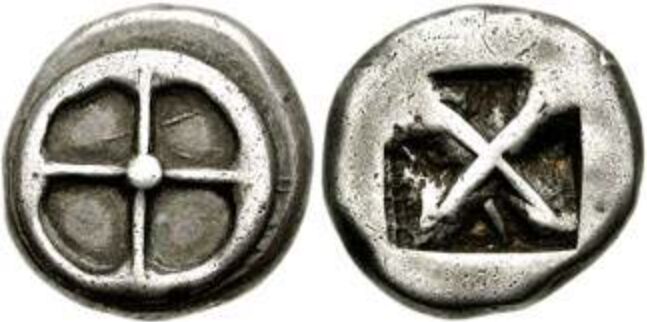
Earlier in the same qur’anic passage, for example, it states that Joseph’s brothers sold him into slavery “for a few dirhams counted out” (12:20). The word dirhams is derived from the Greek drachma, silver coinage that began to be used in the sixth century b.c.e.—well over one thousand years after Joseph was on the scene. While the Arabic of this verse does specify “dirham” (درهم), some translations into English render it “silver coins”—still, even coins in general are anachronistic (the earliest-believed date for the use of coins is only from the seventh century b.c.e., still roughly 1,000 years later). In earlier periods, other items of monetary value were used. Actually, archaeology has revealed that hacksilver—chopped-up silver fragments—was weighed out as currency during the time of the patriarchs, in the first half of the second millennium b.c.e. This parallels the biblical language of such transactions (like the sale of Joseph) being made out in pieces of silver.
Further, in contrast to the brief qur’anic mention of how little Joseph’s brothers valued him (based on “a few” silver coins “counted out”), the Bible states very specifically that he was sold for “twenty pieces [or weight] of silver” (Genesis 37:28). Archaeological discoveries have revealed that this was actually precisely the average price for slaves at the time when Joseph was on the scene, during the first half of the second millennium b.c.e.—yet this was not the case in the centuries on either side of this period, in which prices were very different due in part to inflation (attesting, again, to the accuracy of the biblical account).
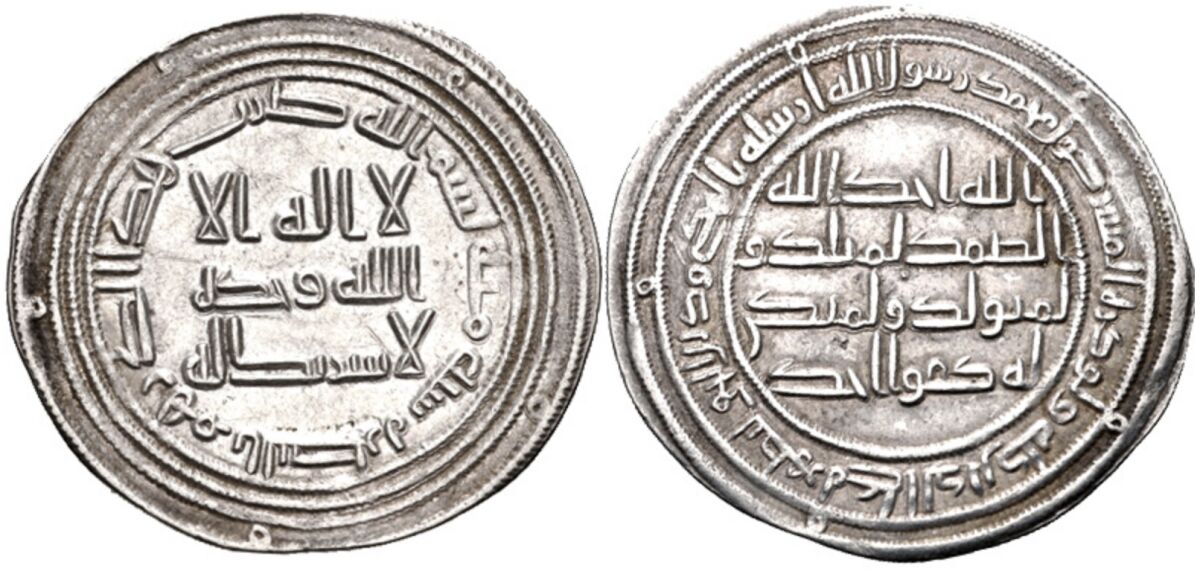
Is such a qur’anic anachronism here technically erroneous? No—not unless one holds such a standard to the references of “pharaohs” and “kings.”
But this is only the tip of the iceberg. Surahs 12:41 and 20:71 speak to crucifixion being practiced in Egypt at the time of the patriarchs and Moses. Yet the earliest evidence of such comes, likewise, from some 1,000 years later.
Surah 34:11 says that King David made chain-mail armor. This type of armor is unknown archaeologically until the fifth century b.c.e.—some 500 to 600 years after David. A conceivable defense could be, Absence of evidence isn’t evidence of absence—just because we haven’t found it yet doesn’t mean it didn’t exist. Indeed!
The list goes on. Even the qur’anic term for the pharaoh himself could be called, in a sense, anachronistic! The biblical word for “pharaoh,” pr’h (פרעה), is the equivalent of the ancient Egyptian word (again speaking to the time of authorship, at the hand of Moses). The Arabic word for “pharaoh” found in the Qur’an, however, is fir’awn—a variant transliteration of a millennium-later Greek form of the name (i.e. Φηρῶν). Again, is that an issue? No—not unless one uses the same logic to “debunk” the Bible as being in error.
But the Bible to one side, it is Islam that has actually been called the “religion of anachronisms”—and that, not even as a criticism. Karen Armstrong, for example, in her book Muhammad: Biography of the Prophet (a controversial work, notable for its high praise of Muhammad and Islam with the stated aim of winning over a Western audience), wrote that “Muhammad did not know the chronology in which the scriptural prophets appeared: he seems, for example, to have thought that Mariam, the mother of Jesus, was the same as Mariam, the sister of Moses in the Jewish Scriptures.” This is a reference to Surah Maryam 19:28, where Jesus’ mother is called the “sister of Aaron.” Chapter 3 of the Qur’an also identifies her father with the same name as that of the biblical Miriam, Moses and Aaron: “Imran” (Hebrew, Amram). She continues: “The stories of the prophets reflect the situation of Muhammad and the first Muslims far more than the original Biblical version.”
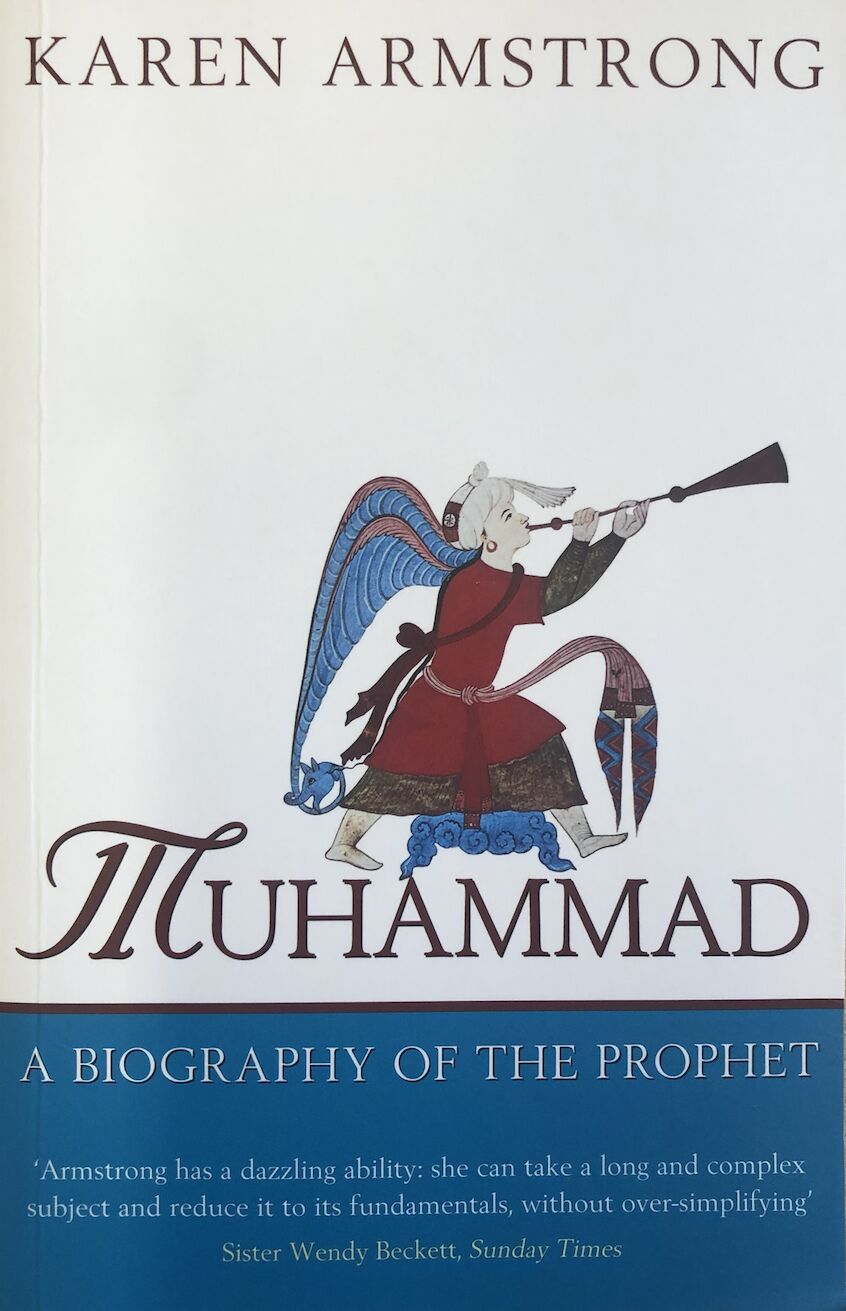
“[T]he Qu’ran sees all such stories as ‘signs’, symbolic accounts of God’s dealings with man rather than accurate historical accounts,” she writes on page 131 (emphasis added). She actually uses these historical “inaccuracies” in praise of the Qur’an, for “pierc[ing] through the events of these old stories, as the Arabs knew them, to the kernel of the message.”
Again, to the point at hand: All of this is not to say that anachronisms are wrong, or “error.” Anachronisms are one thing; overt historical inaccuracy and confused accounts are another. We use anachronisms in everyday life. The problem here comes from hypocritically condemning the Bible as being “in error” for a possible anachronistic use of the term pharaoh. There’s the old adage that warns, “When you point one finger, three fingers point back to you.”
Is this argument over the titles used for the rulers of ancient Egypt, therefore, evidence of “qur’anic accuracy over biblical error”? Not in the least. As we have covered, it is a line of reasoning that arguably presents greater contest to claims of the accuracy of the Qur’an—not the Bible—and as such would be best avoided.